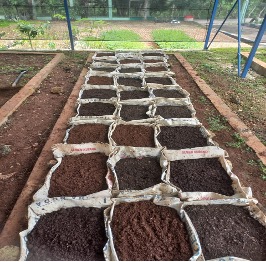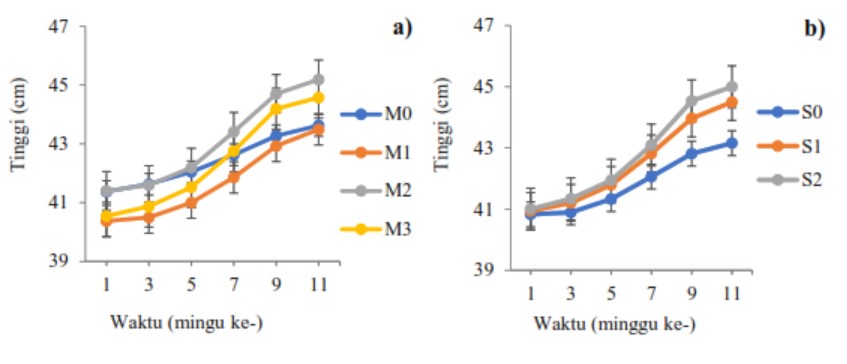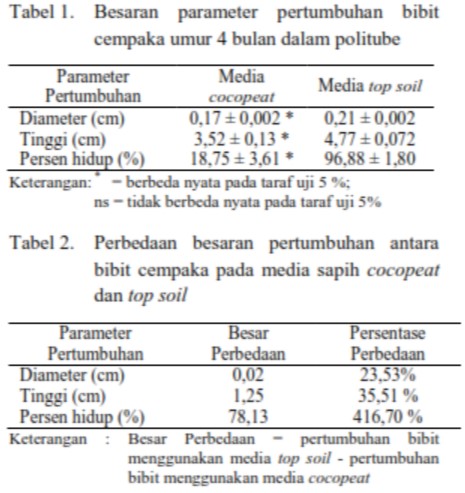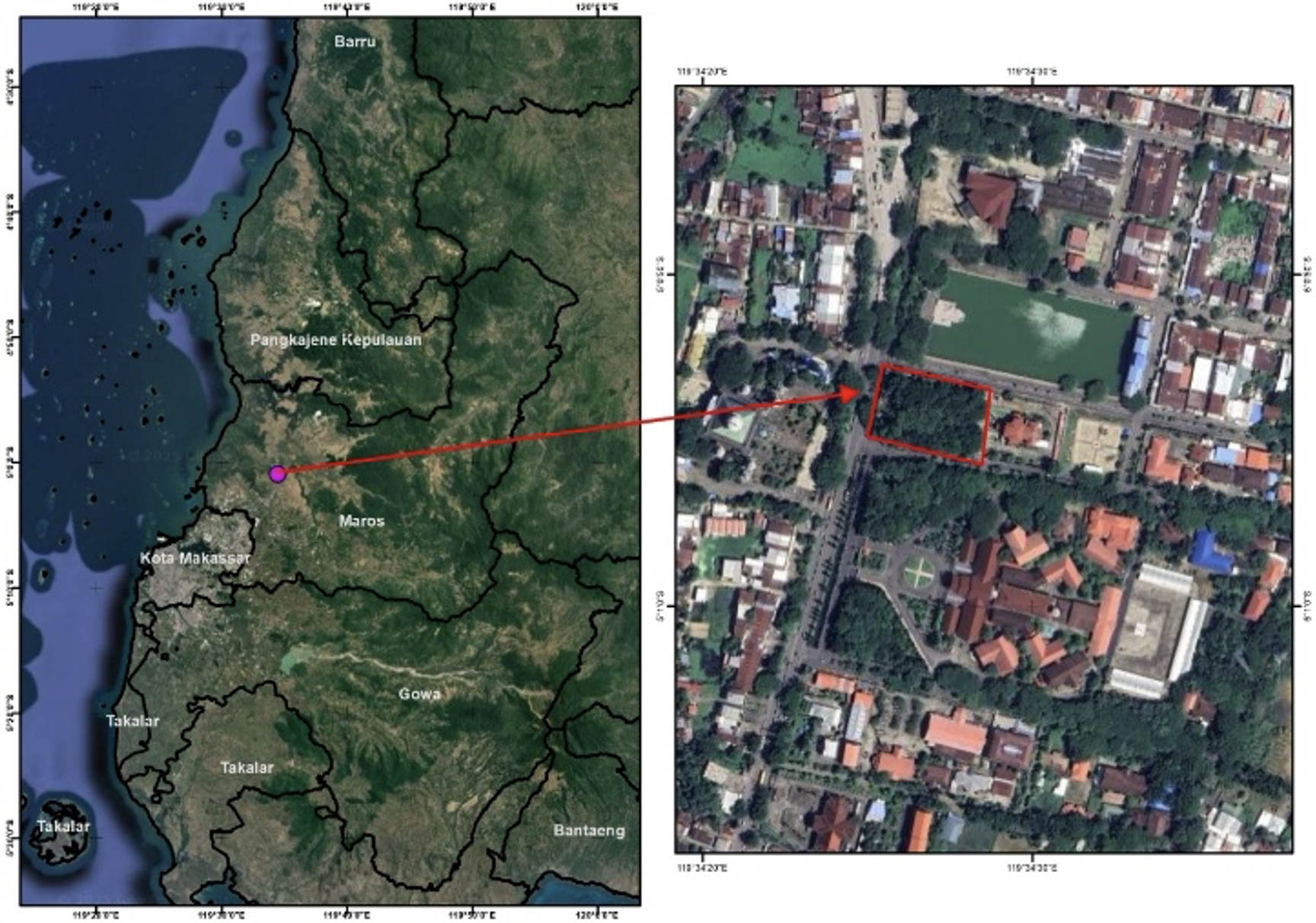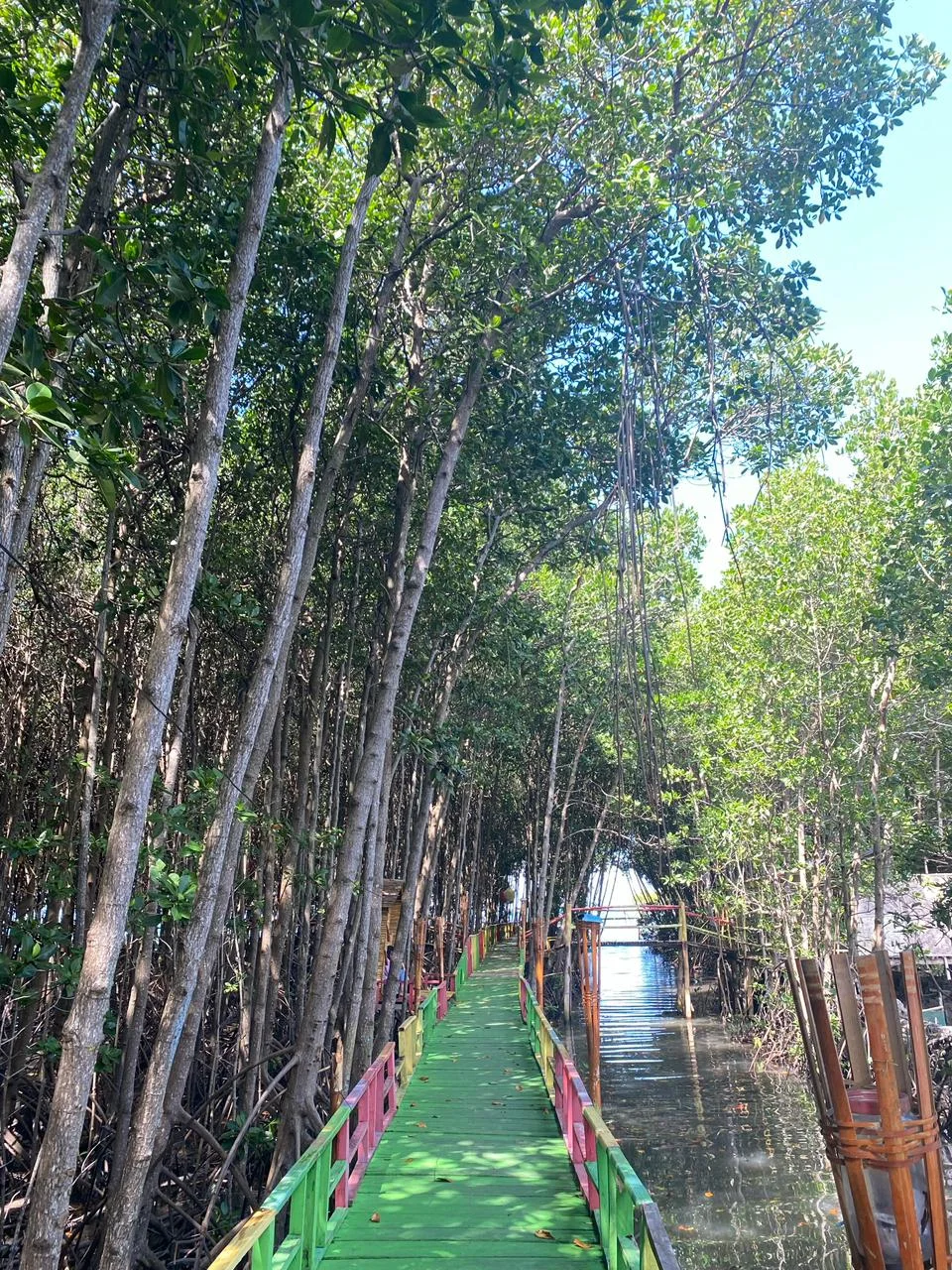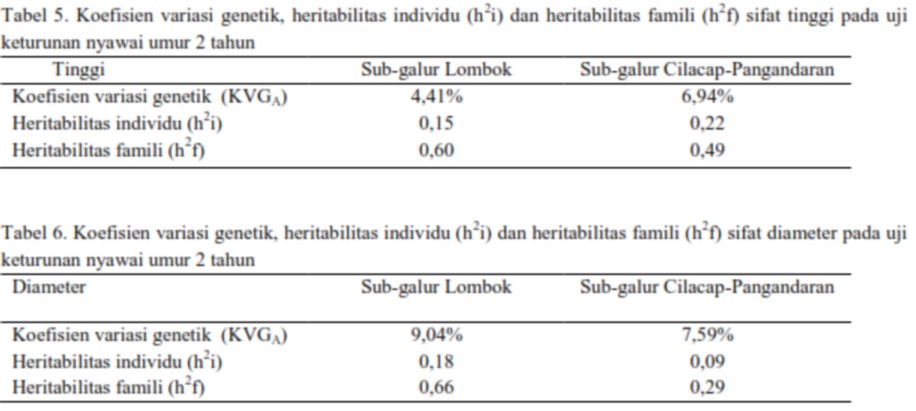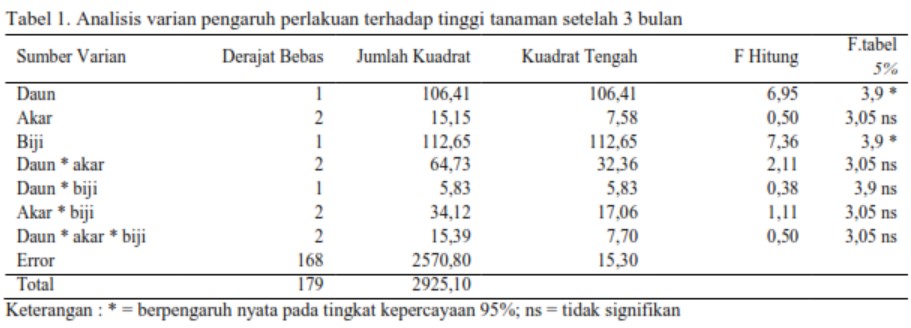Improving of Degraded Soil Quality for Ficus variegata Nursery Media by Adding Organic Matters and NPK Fertilizer
Abstract
The availability of topsoil which is relatively fertile to use as seedling media is more and more limited so that the low nutrient degraded soil become alternative media for tree seedling nursery. The purpose of the research was to get the combination of degraded soil media mixture for nyawai (Ficus variegata) seedling media in nursery. The degraded soil collected in the heavy eroded soil in Rumpin Villages, Rumpin Sub District, Bogor. Completed random design with factorial was used to test the media mixture treatments and NPK fertilizer dosages on the growth of nyawai seedling. A pair of leaves seedlings was transplanted on 5 media treatments, i.e. top soil, degraded soil, degraded soil 70 % + compost 30 % (v:v), degraded soil 90 % + rice husk charcoal 10 % (v:v), and degraded soil 60 % + compost 30 % + rice husk charcoal 10 % (v/v). The dosage of NPK fertilizer was used as much: 0 g, 0.5 g polybag, and 1.0 g/polybag. The result showed that interaction of media and NPK fertilizer dosages was only affected on seedling biomass parameter. The interaction treatment of the mixture media of degraded soil 60 %, compost 30 % and rice husk charcoal 10 % could increase the growth of nyawai seedlings high by 30.60 % and fertilizer treatment of 1 g NPK could increase seedling biomass 6.21 g. The mixture media and fertilizing treatment by NPK 1 g can be alternative media on nyawai nursery.
الحقوق الفكرية (c) 2019 Jurnal Wasian

هذا العمل مرخص بموجب Creative Commons Attribution-NonCommercial 4.0 International License.
Copyright and License
All articles published in Wasian Journal are the property of the authors. By submitting an article to Wasian Journal, authors agree to the following terms:
-
Copyright Ownership: The author(s) retain copyright and full publishing rights without restrictions. Authors grant the journal the right to publish the work first and to distribute it as open access under a Creative Commons Attribution 4.0 International License (CC BY 4.0).
-
Licensing: Articles published in Wasian Journal are licensed under a Creative Commons Attribution 4.0 International License (CC BY 4.0). This license allows others to share, copy, and redistribute the material in any medium or format, and adapt, remix, transform, and build upon the material for any purpose, even commercially, provided that proper credit is given to the original author(s) and the source of the material

This work is licensed under a Creative Commons Attribution 4.0 International License. -
Author's Rights: Authors are permitted and encouraged to post their work online (e.g., in institutional repositories or on their website) prior to and during the submission process, as it can lead to productive exchanges and greater citation of published work.
-
Third-Party Content: If your article contains material (e.g., images, tables, or figures) for which you do not hold copyright, you must obtain permission from the copyright holder to use the material in your article. This permission must include the right for you to grant the journal the rights described above.
-
Reprints and Distribution: Authors have the right to distribute the final published version of their work (e.g., post it to an institutional repository or publish it in a book), provided that the original publication in Wasian Journal is acknowledged.
For the reader you are free to:
- Share — copy and redistribute the material in any medium or format for any purpose, even commercially.
- Adapt — remix, transform, and build upon the material for any purpose, even commercially.
- The licensor cannot revoke these freedoms as long as you follow the license terms.
Under the following terms:
- Attribution — You must give appropriate credit , provide a link to the license, and indicate if changes were made . You may do so in any reasonable manner, but not in any way that suggests the licensor endorses you or your use.
- No additional restrictions — You may not apply legal terms or technological measures that legally restrict others from doing anything the license permits.
Notices:
You do not have to comply with the license for elements of the material in the public domain or where your use is permitted by an applicable exception or limitation .
No warranties are given. The license may not give you all of the permissions necessary for your intended use. For example, other rights such as publicity, privacy, or moral rightsmay limit how you use the material.


